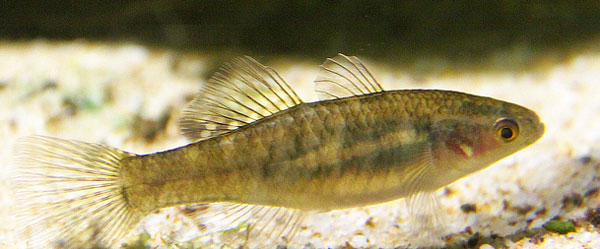Challenges of Autofluorescence in Neuroscience
If you have ever imaged biological samples, you have likely encountered autofluorescence. That pesky background coloration you see under the microscope, which can make it difficult to distinguish your actual signal from the noise.1 When you are trying to look for something as delicate as RNA, you don’t want to be hunting for your signal…








